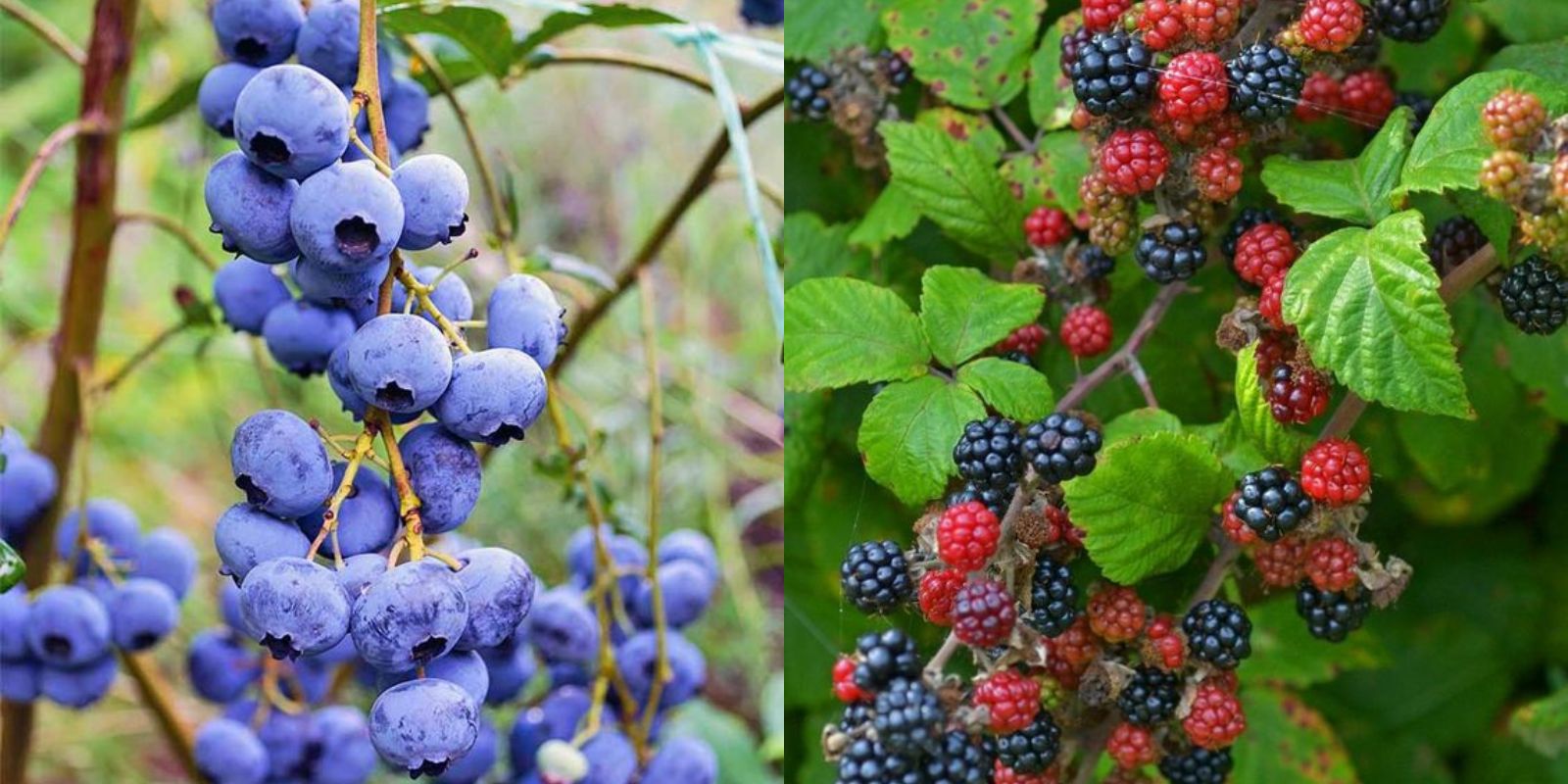As summer reaches its peak, berry picking becomes a popular activity for many outdoor enthusiasts. Whether you’re exploring a local forest, tending to your garden, or just taking a nature walk, encountering wild berries is common. However, identifying these berries correctly is crucial to ensure they are safe to eat. Misidentification can lead to unpleasant or even dangerous consequences, as some berries are toxic. This article provides a comprehensive guide on berry identification, helping you distinguish between edible and inedible varieties.
Why Berry Identification Matters
The ability to accurately identify berries is important for several reasons:
- Safety: Some wild berries are toxic and can cause severe illness or death if ingested. Correct identification helps avoid accidental poisoning.
- Culinary Uses: Knowing which berries are edible allows you to enjoy them in various dishes, from desserts to preserves.
- Conservation: Identifying berries also contributes to understanding and preserving local flora, supporting biodiversity and ecosystem health.
Key Features for Berry Identification
When identifying berries, several key features should be observed:
- Color: The color of a berry can provide an initial clue to its identity. Common colors include red, blue, black, and white. However, color alone is not definitive, as some berries change color as they ripen.
- Shape and Size: Berries come in various shapes and sizes, such as round, oval, or oblong. Size can range from tiny currants to larger berries like blackberries.
- Leaf Characteristics: The leaves of the plant bearing the berries are crucial for identification. Pay attention to the shape, size, edge (smooth or serrated), and arrangement of the leaves (alternating or opposite on the stem).
- Plant Structure: The overall structure of the plant, including the height, type of stem (woody or herbaceous), and presence of thorns, can help differentiate species.
- Habitat: The environment where the berry grows can provide clues. Some berries are more likely to be found in forests, while others prefer wetlands, fields, or gardens.
- Season: The time of year can also help identify berries, as different species ripen in different seasons.
Common Edible Berries and Their Identifying Features
Here are some common edible berries and their key identifying features:
1. Blueberries (Vaccinium spp.)
- Color: Blue to dark purple
- Shape: Round
- Leaves: Small, elliptical, smooth-edged
- Habitat: Found in forests, fields, and cultivated gardens
- Season: Late spring to summer
Blueberries are popular for their sweet taste and are commonly found in both wild and cultivated forms.
2. Blackberries (Rubus spp.)
- Color: Black when ripe, red when unripe
- Shape: Aggregated drupelets, forming a cluster
- Leaves: Palmately compound with serrated edges
- Habitat: Woodland edges, fields, and gardens
- Season: Mid to late summer
Blackberries are known for their juicy texture and are often used in desserts and jams.
3. Raspberries (Rubus idaeus)
- Color: Red, black, or yellow
- Shape: Aggregated drupelets, easily detaching from the core
- Leaves: Pinnately compound, serrated
- Habitat: Woodland edges, fields, and gardens
- Season: Summer
Raspberries are versatile in culinary uses, from fresh eating to baking.
4. Elderberries (Sambucus spp.)
- Color: Dark purple to black
- Shape: Small, round berries in clusters
- Leaves: Pinnate with serrated edges
- Habitat: Moist areas, edges of woods
- Season: Late summer to early fall
Elderberries are often used in syrups and wines but should be cooked before consumption.
Identifying Toxic Berries
While many berries are edible and nutritious, some are toxic and can pose serious health risks if ingested. Here are a few toxic berries to watch out for:
1. Poison Ivy Berries (Toxicodendron radicans)
- Color: White or pale yellow
- Shape: Round, in clusters
- Leaves: Three leaflets, shiny surface
- Habitat: Forests, fields, and along riverbanks
Poison ivy berries are highly toxic, and the plant itself can cause severe skin irritation.
2. Deadly Nightshade (Atropa belladonna)
- Color: Shiny black
- Shape: Round
- Leaves: Large, ovate with smooth edges
- Habitat: Woods, disturbed grounds
Deadly nightshade berries are extremely poisonous and can be fatal if ingested.
3. Holly Berries (Ilex spp.)
- Color: Bright red
- Shape: Round, in clusters
- Leaves: Glossy, with sharp spines along the edges
- Habitat: Gardens, forests, hedgerows
Holly berries are toxic to humans and should not be consumed.
Tips for Safe Berry Foraging
- Consult a Guide: Always carry a reliable field guide for berry identification or use a trusted app for assistance.
- Don’t Rely on Taste: Never taste-test berries to identify them. Many toxic berries can look similar to edible ones.
- Be Aware of Allergies: Some individuals may have allergic reactions to certain berries, even if they are generally considered safe.
- Avoid Contaminated Areas: Do not pick berries near roadsides or areas that may be contaminated with pesticides or pollutants.
Conclusion
Berry identification is an essential skill for foragers and gardeners alike. With the right knowledge, you can safely enjoy the bounty of nature, savoring delicious and nutritious berries while avoiding those that are harmful. Whether you’re an experienced forager or a beginner, always exercise caution and respect for the environment when collecting wild berries.
Stay safe and share your berry picking adventures or any tips you have on identifying these delightful fruits! 🍓🍇🍒

